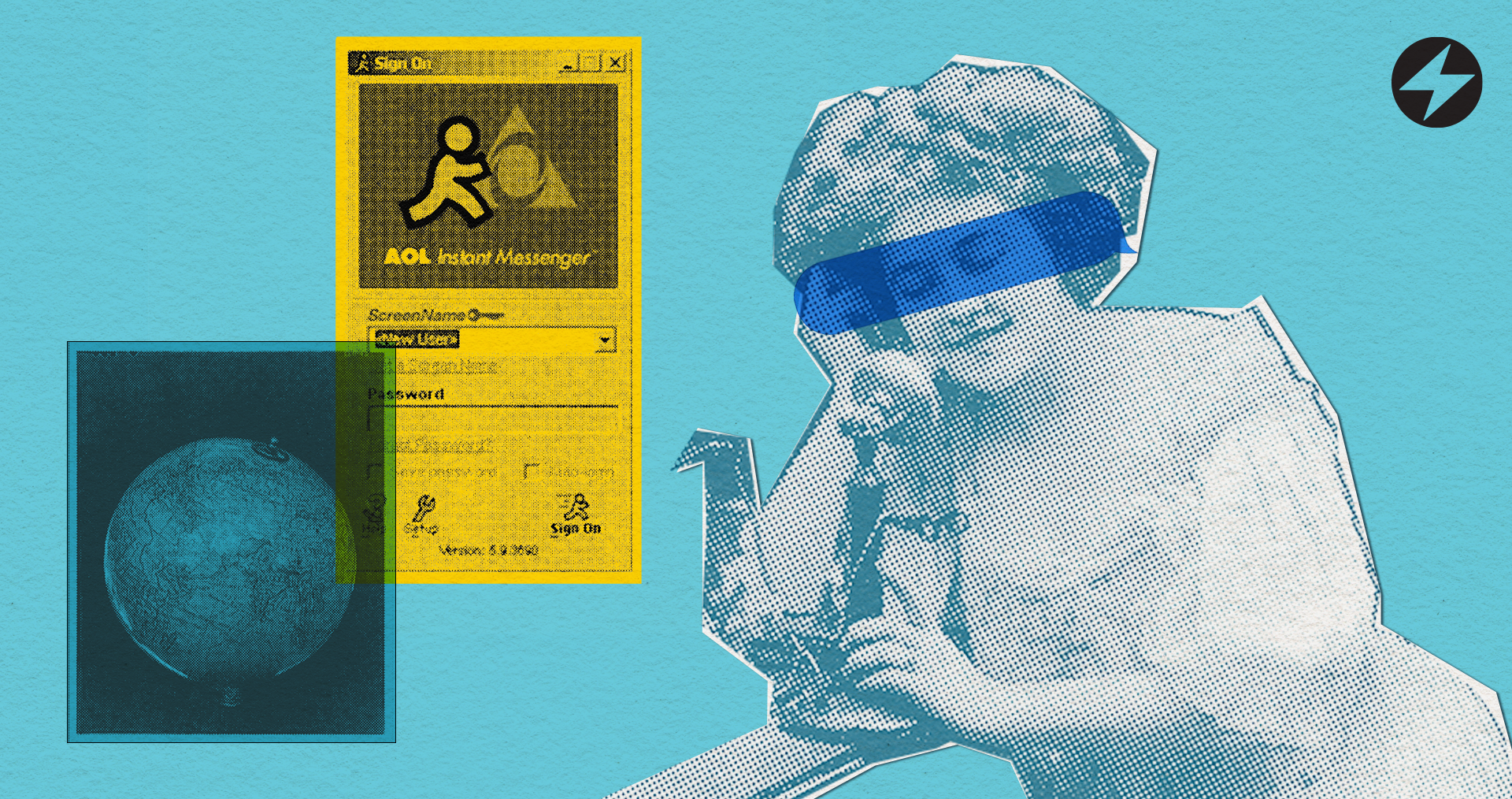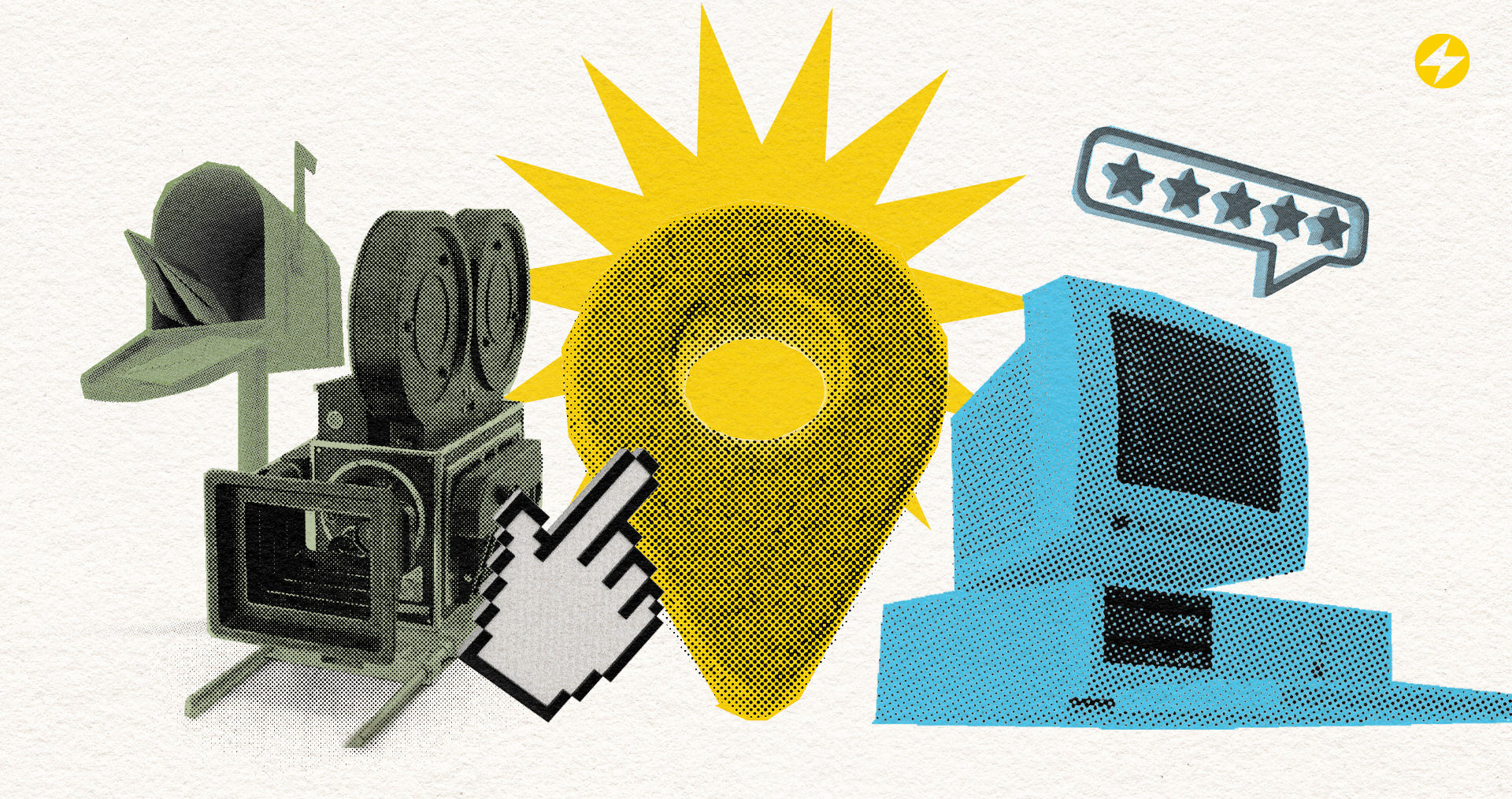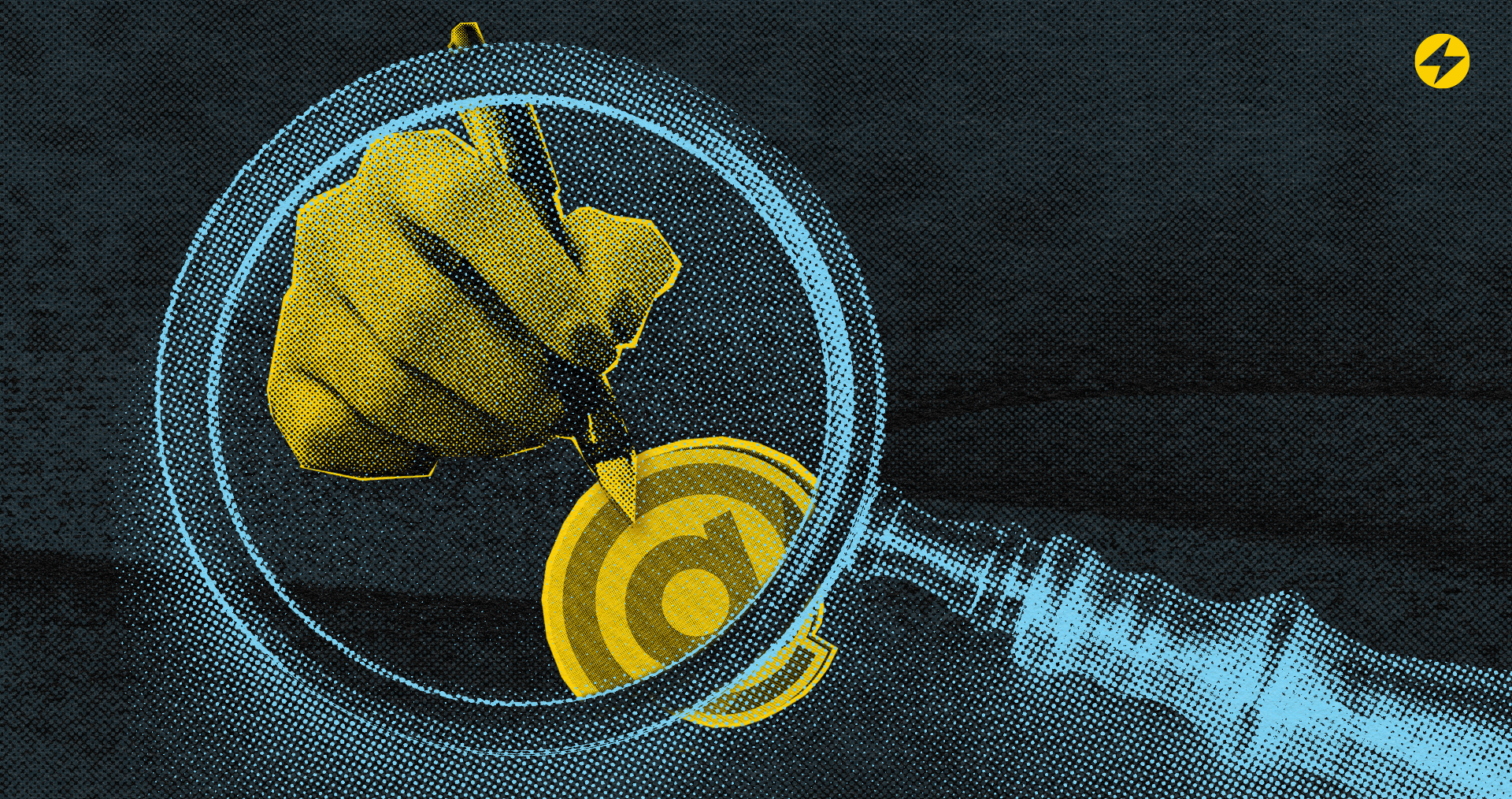6 Brand Strategy Examples to Take Your Marketing to the Next Level
This is a subtitle for your new post
Successful Brand Strategy Examples to Help Take Your Marketing Campaigns to the Next Level
Running a business is no easy task, but it comes with plenty of rewards. The flexibility to create your own schedule and work from where you want are some of the most enticing attributes. However, it's imperative to always focus on your company's longevity.
It might shock you to learn that approximately
45% of businesses fail during the first five years. While there are many reasons this could occur, poor branding is one of the most notable.
The good news is that getting on the right track is easier than it seems. Let's explore brand strategy examples that can ensure your company resonates with its audience.
1. Leverage Social Media
Social media is one of the strongest tools you can leverage for your brand strategy. It allows you to seamlessly get your brand in front of hundreds or even thousands of users.
Another major benefit is that the people who see your content are already interested in your brand. People follow social media accounts because they want to see more posts from them.
Social media platforms like Facebook, Twitter, and Instagram have many tools you can use for marketing. For example, you can go "Live" on Instagram or Facebook to directly interact with your audience. This also helps people connect with your brand.
Your social media followers can use the platforms' "share" functionality to show your content to other users. Under the right circumstances, this can dramatically increase the engagement your content gets.
Imagine if someone who follows your brand has millions of followers themselves. A single share can substantially boost your brand awareness.
2. Hire a Professional
Working with a professional digital marketing agency is an opportunity you shouldn't overlook. The right local marketing agency can be the factor that takes your company to new heights. When searching for a professional, look at their past reputation.
This provides insight into the experience you'll get. Keep an eye out for feedback that mentions professionalism, timeliness, and results. Do they often work with businesses like yours?
It's best to choose a marketing agency that understands your company's nuances. Otherwise, you could fall short of your goals.
Ask about their pricing structure to avoid financial surprises. They should have no issue providing a breakdown of where your money will go.
If they deflect this topic, this is a red flag you shouldn't ignore. Consider how easy they are to get in touch with.
The last thing you want is radio silence during your campaign. With enough due diligence, you'll find the best option for your needs.
3. Competitor Research
Looking at what your competitors are doing can go a long way. You'll likely learn something valuable you wouldn't have otherwise thought of.
Check out their website and explore its structure. Assess how they communicate with their audience online. How do they differentiate their products and services from yours?
Most importantly, how do they position themselves in your industry? Some companies aim to establish reliability through their branding. Others focus on quality.
After researching, be careful not to copy their branding strategies too closely. This could confuse your audience and cause them to associate your branding with a competitor's. Instead, take the concepts you find and implement them in your own way.
4. Ask For Feedback
Establishing a dialogue with your audience is highly beneficial. Two-way communication illustrates you genuinely care about your audience and don't think of them as just sales numbers.
Feedback can come in many forms, such as testimonials, reviews, or suggestions. Don't be afraid to ask your audience what they want to see from your brand. This will provide guidance when developing your branding strategy.
You can also assess how they currently feel about your company. These details can steer you toward better branding efforts. A great way to encourage user feedback is by offering incentives.
Ensure that these are something your audience will find useful. Discounts are some of the most popular choices.
5. Refine Your Target Demographic
If your branding efforts fall flat, it might not be because they're low quality. You may be targeting the wrong demographic. Refining your target audience can help ensure that people resonate with your brand's messaging.
The easiest way to do this is to make your demographic more specific. For example, let's assume that you own a luxury apparel company.
Your primary target audience is men between 25 and 40 years old. You could refine your audience by targeting men in this age bracket who also have a certain annual income or level of education.
In context, this could narrow your target audience down to men between the ages of 25 and 40 who have at least a bachelor's degree and make $80,000+ each year. You should avoid getting too specific, though.
The further you narrow down, the smaller your audience will become. If there aren't enough people in your target demographic, your sales may suffer.
6. Keep an Eye on Trends
Industry trends are always changing, and it's essential to stay on top of them. Just because something worked in the past doesn't mean it will forever.
A great example is how email marketing eclipsed direct mail marketing. While some businesses still use direct mail, nearly every company can benefit from an email marketing strategy. You should also consider your audience's behavior.
For instance, people are becoming more environmentally conscious as time goes on. This has affected the products they buy and the brands they support. It's not uncommon for people to avoid brands that don't offer sustainable products.
The more you educate yourself on emerging trends, the more adaptable you'll be. This can prevent a lapse in performance and ensure that your brand always stays relevant to your audience.
Don't Overlook These Brand Strategy Examples
When used correctly, these brand strategy examples can take your performance to the next level. From here, you'll surpass your target metrics while creating a better customer experience.
At Bolt Marketing, our team is dedicated to providing top-tier creative solutions to small business owners. We keep our services both reliable and affordable. Connect with us today to learn more about how we can help.






Bolt Marketing








